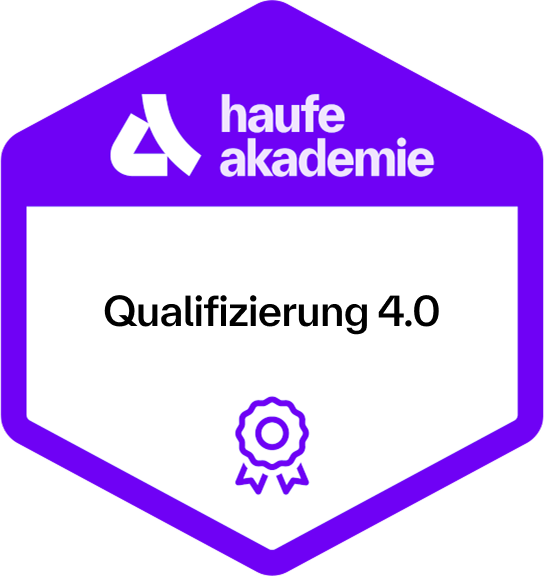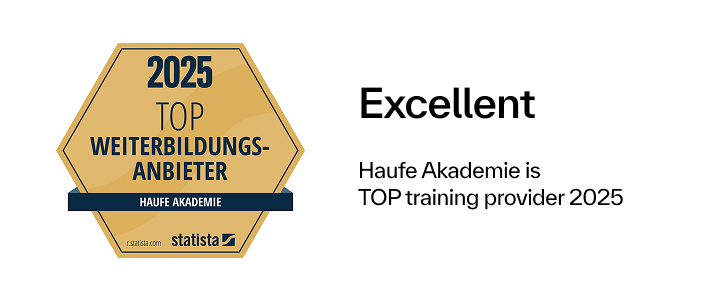From training to competence - efficient methods and practical approaches
Effectively support the transfer from knowledge transfer to action competence

- Principles of sustainable learning (e.g. Ebbinghaus, neurobiology, emotions).
- Transfer support even before training.
- Multisensory learning.
- Effectiveness of training - three pillars.
- Reflection and initial transfer measures in everyday training.
- Clear definition of goals (learning, competence and action goals according to SMART).
- Didactic principles: Activation, repetition, relevance.
- Structural models: introduction, main part, conclusion with transfer tasks.
- Methodological diversity: interactive formats, practical relevance, digital tools.
- Transfer orientation in training design (according to the 70:20:10 model).
- Formulate transfer goals and anchor them in the work context.
- Work-related projects and tasks for application.
- Role of managers and organization in learning transfer.
- Tools, methods and success monitoring (e.g. peer learning, checklists, KPIs).
- Measures for sustainable anchoring (e.g. follow-ups, reflection, coaching).
- Introduction to agile learning support.
- Methods for promoting self-learning skills.
- Transfer-oriented feedback.
- Design principles for feedback processes with business impact.
- Reflection tools and self-assessment in the learning process.
Contents
Aim of the training: Transfer of knowledge into action competence
- Key question:
How can lasting, effective and motivating practice transfer be achieved? - Conditions to be met for sustainable learning:
Sustainable learning through neurobiological findings, emotional involvement, repetition and multisensory learning.
- Key question:
Designing sustainable training courses
- Effective introduction:
Preliminary tasks, clarification of objectives and arousing curiosity as levers for success. - Methodological-didactic approaches:
Linking theory and practice, clear definition of objectives, as well as activating and relevant methods.
- Effective introduction:
Sustainability through transfer to everyday life
- Focus on application:
Transfer planning, specific tasks, supporting structures (e.g. peer groups, check-ins, feedback). - Measuring success:
Sustainable learning is demonstrated by application, not satisfaction.
- Focus on application:
Agile learning approaches and feedback
- Support for independent learning through methods such as learning sprints and Kanban boards.
- Transfer-oriented feedback:
Development-promoting, future-oriented and reflective.
Learning environment
In your online learning environment, you will find useful information, downloads and extra services for this training course once you have registered.
Your benefit
- Increase effectiveness: Learn to design training courses in such a way that they not only impress in the short term, but also change behavior and performance in the long term.
- Ensure transfer: Develop methods and tools with which transfer planning and support can be systematically built in - before, during and after the training.
- Rethinking learning processes: Gaining in-depth knowledge of neurobiological, didactic and motivational levers to make learning processes more sustainable and target group-oriented.
- Implementing agility in learning: Testing agile learning methods such as learning sprints that promote personal responsibility, teamwork and reflection in the learning process.
- Building strategic relevance: Creating measurable business impact with transfer-effective training - a key argument for internal persuasion in HR and management.
Note: Participants will achieve the greatest possible learning success if they schedule 1-2 hours between each module to apply the new knowledge to their own learning formats.
Methods
Trainer input, exercises and exchange of experience, concrete work on practical cases brought along by the participants.
Tool
Recommended for
HR employees, HR developers, internal trainers, training designers and managers.
Start dates and details

 4.5
4.5




